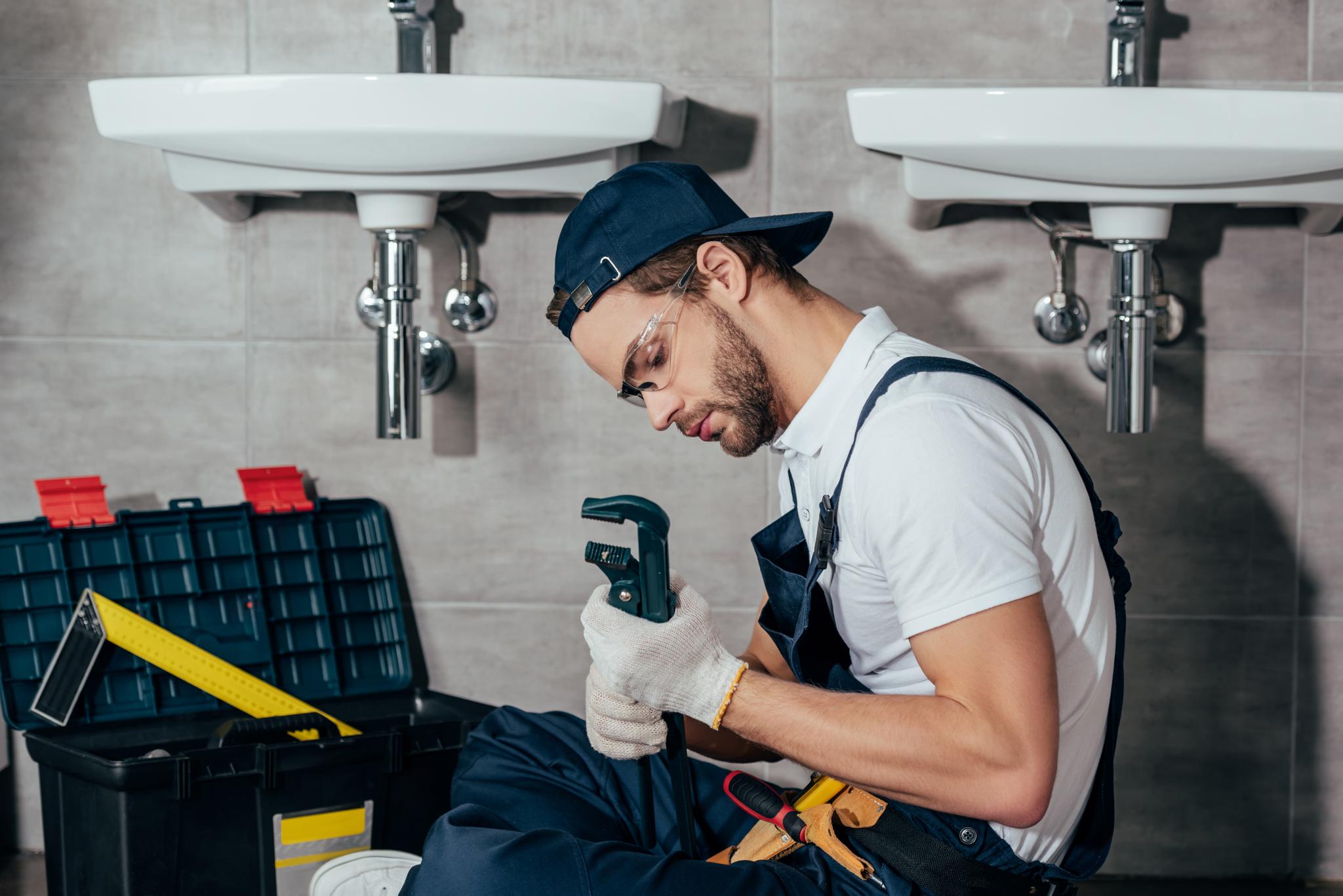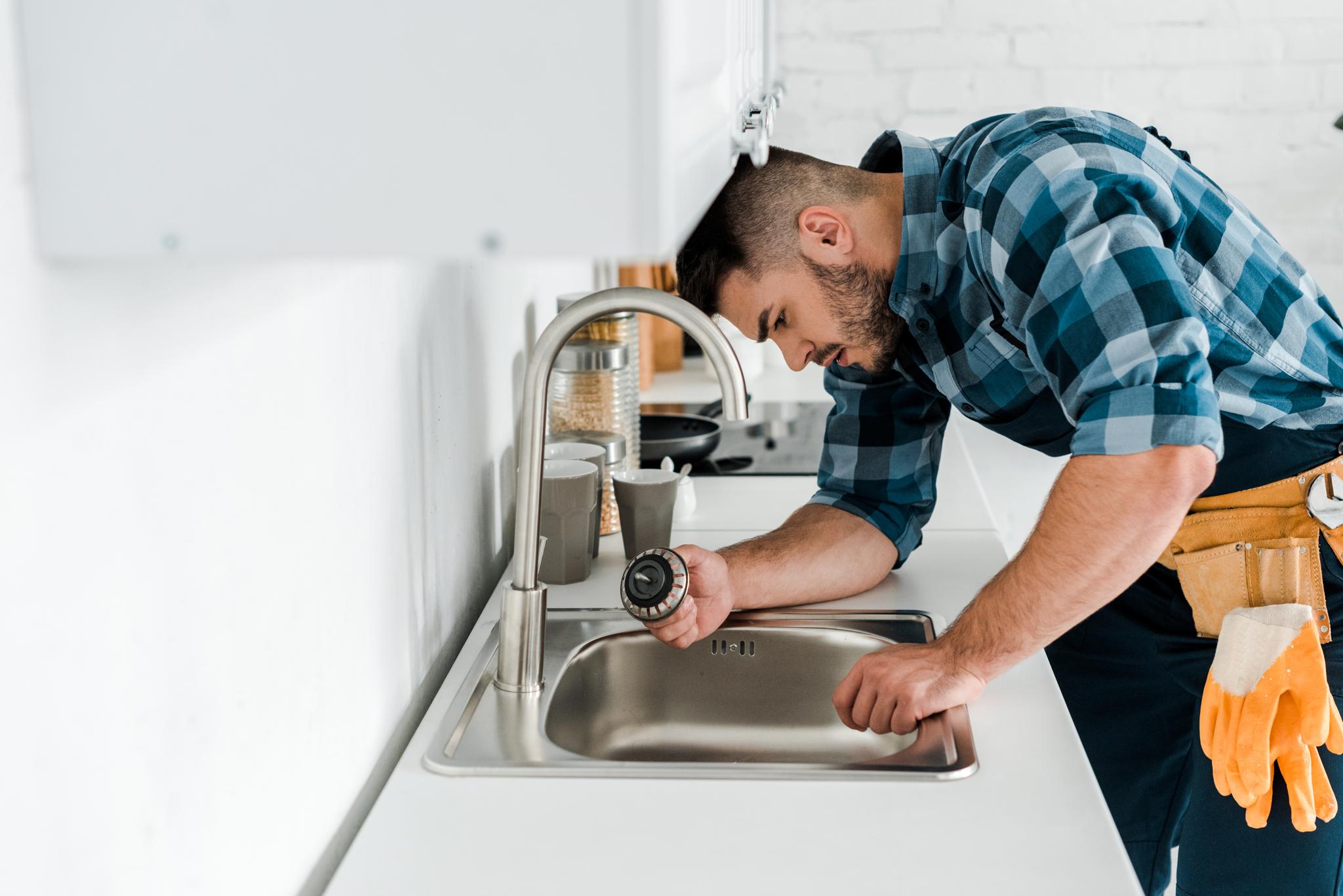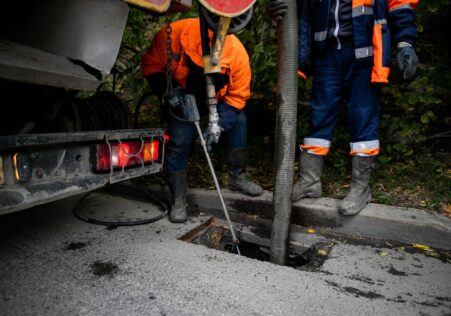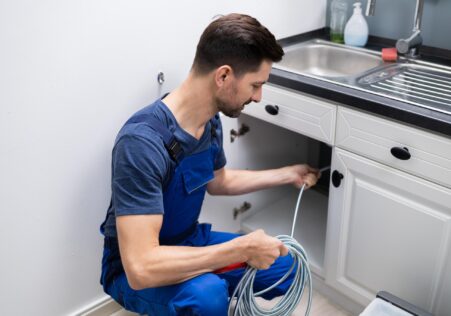How to Choose the Right Pipe Relining Material for Your Home
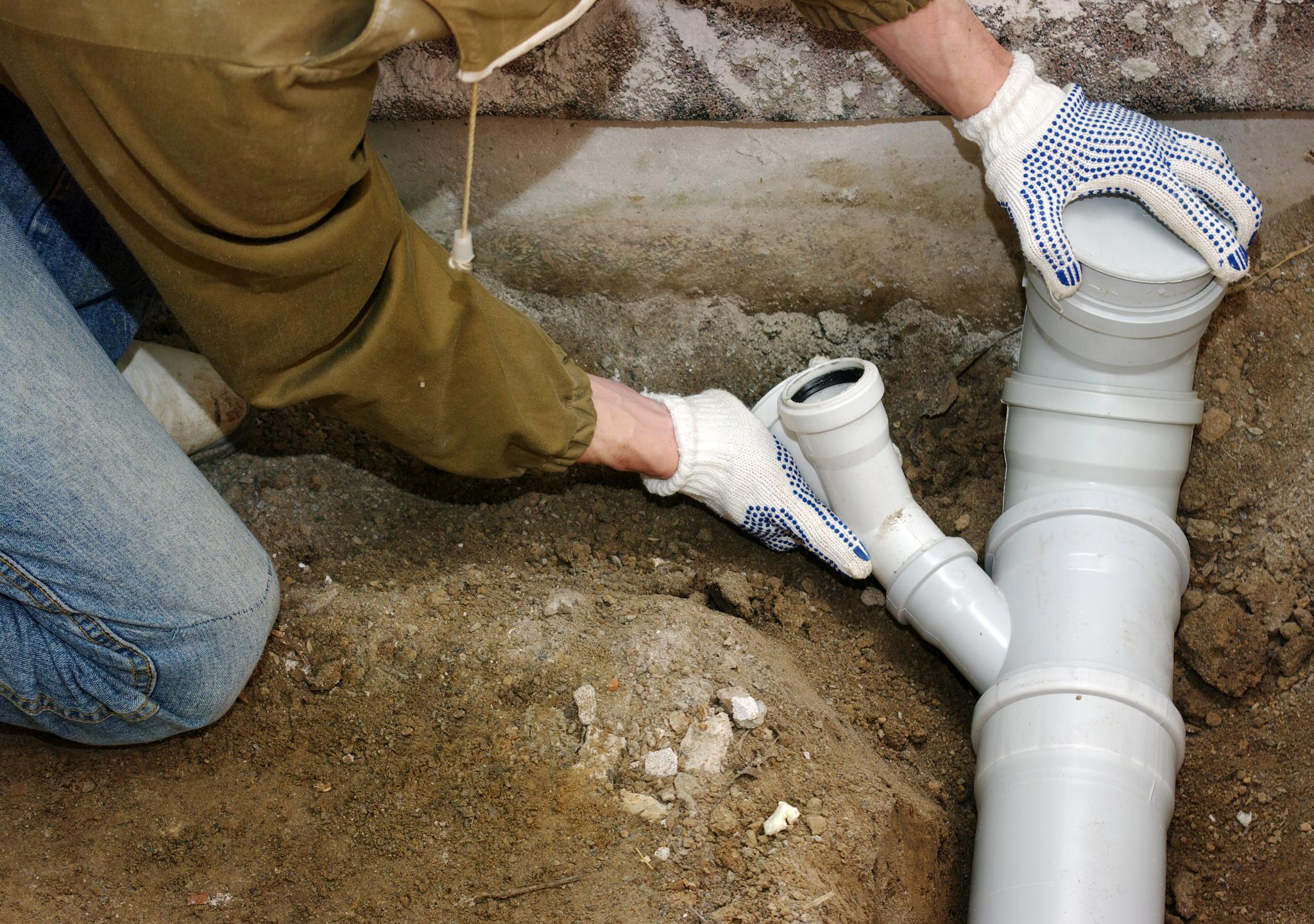
The maintenance of your home’s plumbing in good working order is vital but pipes will wear out in time. The most common method for replacing them is to dig through and taking out the old pipes. This can be messy and costly. However, pipe relining can be a alternative that is more cost-effective and practical alternative.
Key Takeaways
- The process of relining pipes is a low-cost alternative to traditional pipe replacement techniques.
- Choosing the right material for pipe relining is essential for longevity and efficiency
- Some considerations when selecting pipe relining materials include environment, flow capacity, durability, costs, and maintenance
- Types of pipe relining materials include Cured in-Place-Pipe (CIPP), Fiberglass Pipe Lining and Cast Iron Pipe Lining.
- Relining pipes creates a new "pipe inside the pipe" that allows for full functionality without requiring the removal of the existing pipes.
There are a myriad of materials available for pipe relining It is essential to select the best one. This guide will help you comprehend what to look for when selecting a pipe relining material that is suitable for your needs and budget.
What is Pipe Relining?
Before we get into the process of selecting the correct pipe liner, let’s go over what it is.
Relining pipes is a process that involves insertion of an epoxy liner inside damaged or degraded sewer lines, water mains, or other underground piping system to prevent leaks and root infiltration. It is basically creating a new "pipe within an existing pipe" that helps to restore the full functionality, without having to require the removal of pipes that are already in use.
The benefits of relining pipes include:
- Minimizes excavation works
- Lowers the costs related to traditional methods
- More hygienic than excavation
There are many advantages, choosing the correct material for your lining is essential when it comes to efficiency and long-term durability.
The Factors to Consider When Selecting Pipe Relining Materials
- Environment The most crucial things you need to be aware of when selecting the pipe lining material you choose should be the environment. The external environment determines the strength of the liner will remain free from the effects of chemicals as well as humid conditions.
- Flow Capacity: It is believed that the term "flow capacity" refer to the amount of liquid that passes smoothly across the plumbing after you have installed new liners.
- Durability: The measure of durability is how the time it takes to last in harsh environments such as excessive water levels, chemical substances and other extreme conditions.
Costs
Additional Information
- The Environmentally-friendly Benefits of Pipe Relining
- Inspecting Drains Using CCTV to Detect Root Infiltration: Benefits for Property Owners
- A Comprehensive Comparison of Pipe Relining and Pipe Replacement
- Why Your Business Needs Periodic Drain Inspection and Cleaning
- Reasons Why CCTV Drain Inspection is a Must Before Purchasing a Property
- The Future of Plumbing: Advances in CCTV Drain Inspection Technology
- How CCTV Drain Inspection Can Save You Money in the Long Run
- Preventing Leaks and Blockages: Understanding Pipe Relining Services
- DIY Drain Cleaning: How to Safely Tackle Clogged Drains
- The Benefits of Unblocking Blocked Drains for Your Business


